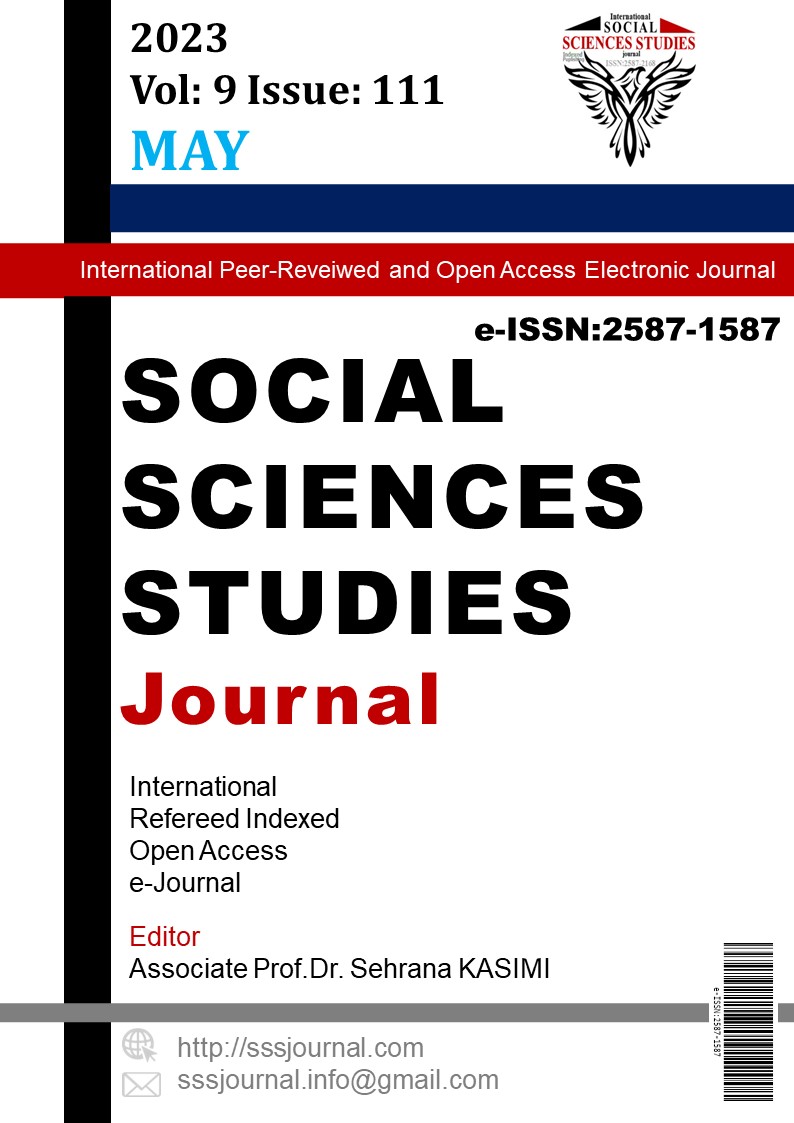Kullanıcı Etkileşim Faktörlerine Göre İnteraktif Vergi Dairesi Uygulamasının Kullanıcı Deneyimi ve Kullanıcı Arayüzü Hatalarının İncelenmesi
Author :
Abstract
Bu çalışma, bir devlet kurumuna ait işlemlerin sunulan sistemdeki tasarım hatalarını keşfetmeye yönelik bir araştırma kapsamında, örnek bir vaka üzerinde yapılmıştır. Türkiye Cumhuriyeti Gelir İdaresi Başkanlığı’nın sunduğu İnteraktif Vergi Dairesi örnek bir vaka olarak incelenmiştir. Bu çalışma, kullanıcıların bir ürün ya da hizmetle etkileşimindeki deneyimlerini ve bu etkileşim sürecindeki gereksinimlerini sezgisel yöntemlere dayalı bir yaklaşım kullanılarak gerçekleştirilmiştir. Bu araştırma kapsamında hedeflere uygun katılımcılar seçilmiş ve kullanım senaryosu ile kullanım kılavuzu oluşturulmuştur. Kullanım kılavuzu ve senaryoya bağlı kalınarak kullanıcı tespitleri değerlendirilmiştir. Bu çalışmada, bilişsel gezinti yöntemi araştırma metodu olarak tercih edilmiştir. Bu çerçevede, her bir katılımcıdan sesli düşünme, gözlem yapma ve not alma gibi farklı araçlar kullanılarak veriler elde edilmiştir. Elde edilen verilerin analizinde sistemin hem mobil uygulamada hem de web sitesinde kullanıcı deneyimini olumsuz etkileyen problemler olduğu gözlemlenmiştir. Araştırma kapsamında bu hataların kullanıcıların sistemle etkileşim halindeyken yaşadığı duyguları olumsuz yönde etkilediği tespit edilmiştir. Bu bulgular, devlet kurumlarına ait dijital platformların kullanımında kullanıcı memnuniyeti üzerinde önemli etkileri olabileceğini göstermektedir.
Keywords
Abstract
This study was conducted as part of a research project aimed at identifying design flaws in a system that handles processes of a government institution. The İnteraktf Vergi Dairesi provided by the Revenue Administration of the Republic of Turkey was examined as a case study. The study focused on exploring users' experiences and requirements in their interactions with a product or service, using an intuitive approach. To achieve the objectives of the research, participants were selected according to specific criteria, and a usage scenario and a user guide were created. User findings were evaluated based on adherence to the user guide and scenario. The cognitive walkthrough method was chosen as the research methodology. Accordingly, data were collected from each participant using various tools such as thinking aloud, observation, and note-taking. The analysis of the data revealed problems that negatively affected the user experience in both the mobile application and the website of the system. Within the scope of the research, it was determined that these problems had a negative impact on the emotions experienced by users during their interactions with the system. These findings demonstrate the significant influence that digital platforms of government institutions can have on user satisfaction during usage.





